April 3, 2013
SBID International Design Awards 2013 open for entries
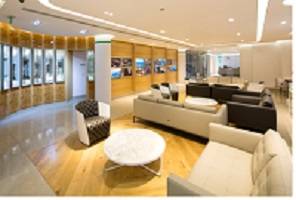 Entries are now open for the SBID (Society of British Interior Design) third International Design Awards, which recognises design excellence across the built environment, ranging from super luxury projects, to innovative design and new talent on limited budgets. The fourteen categories include residential and contract sectors, entertainment space, transport, product and public space, visualisation (3d renderings) and interior design project under £50,000. Previous finalists and winners have included: Candy & Candy’s Candyscape II and Number One Hyde Park; Bentley Motors Head Office in Crewe by FutureBrand [pictured]; Mercedes Showroom in Washington by Studio Lux; The Hyundai Business Centre in Korea by Hyundai Construction and Engineering; Viking Cruises by Integration.
Entries are now open for the SBID (Society of British Interior Design) third International Design Awards, which recognises design excellence across the built environment, ranging from super luxury projects, to innovative design and new talent on limited budgets. The fourteen categories include residential and contract sectors, entertainment space, transport, product and public space, visualisation (3d renderings) and interior design project under £50,000. Previous finalists and winners have included: Candy & Candy’s Candyscape II and Number One Hyde Park; Bentley Motors Head Office in Crewe by FutureBrand [pictured]; Mercedes Showroom in Washington by Studio Lux; The Hyundai Business Centre in Korea by Hyundai Construction and Engineering; Viking Cruises by Integration.




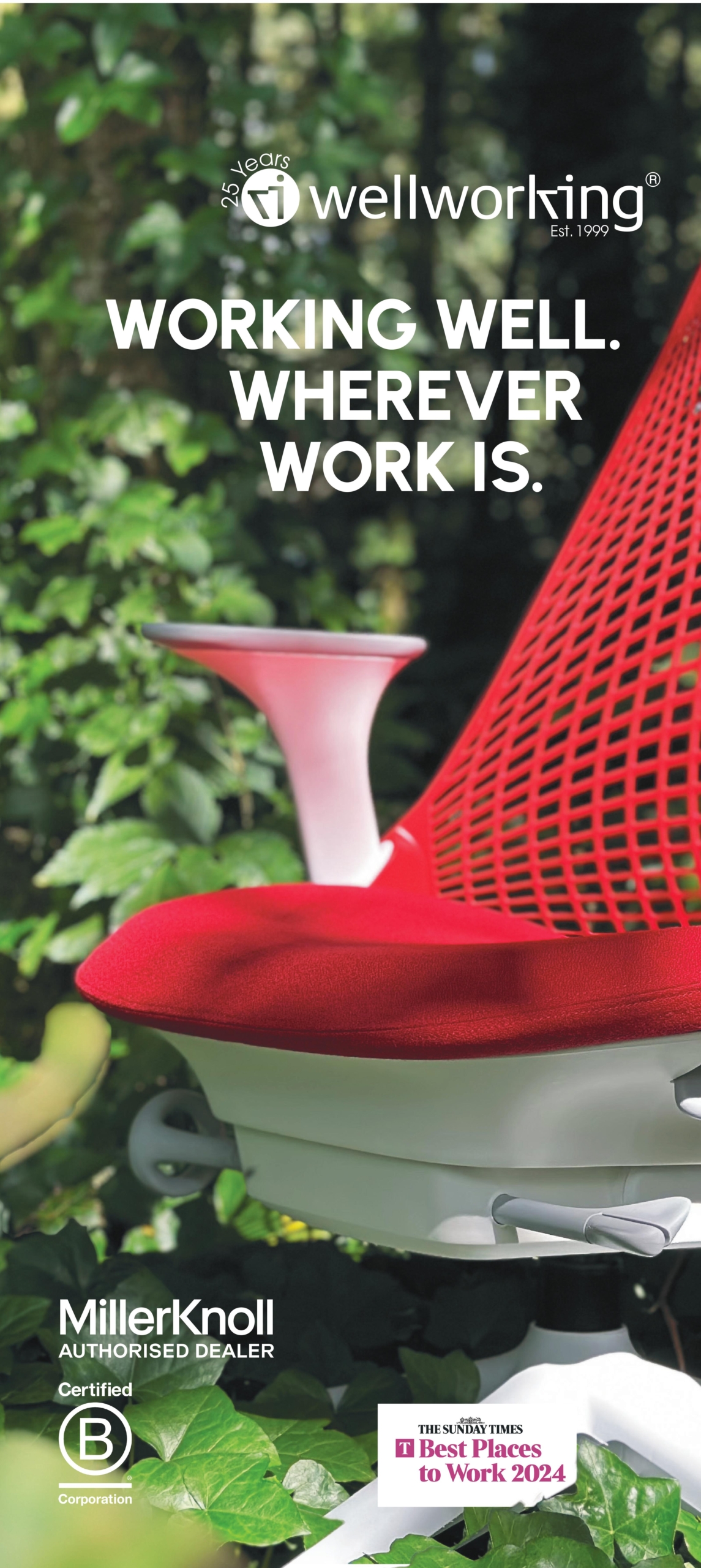

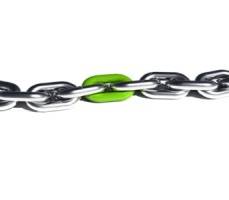










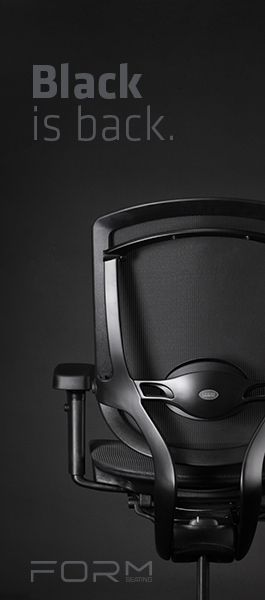



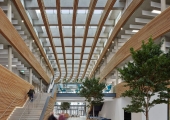
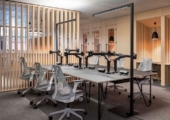


March 28, 2013
Our hardwired response to patterns can be a useful trait for designers
by Mark Eltringham • Comment, Facilities management, Workplace design
More →